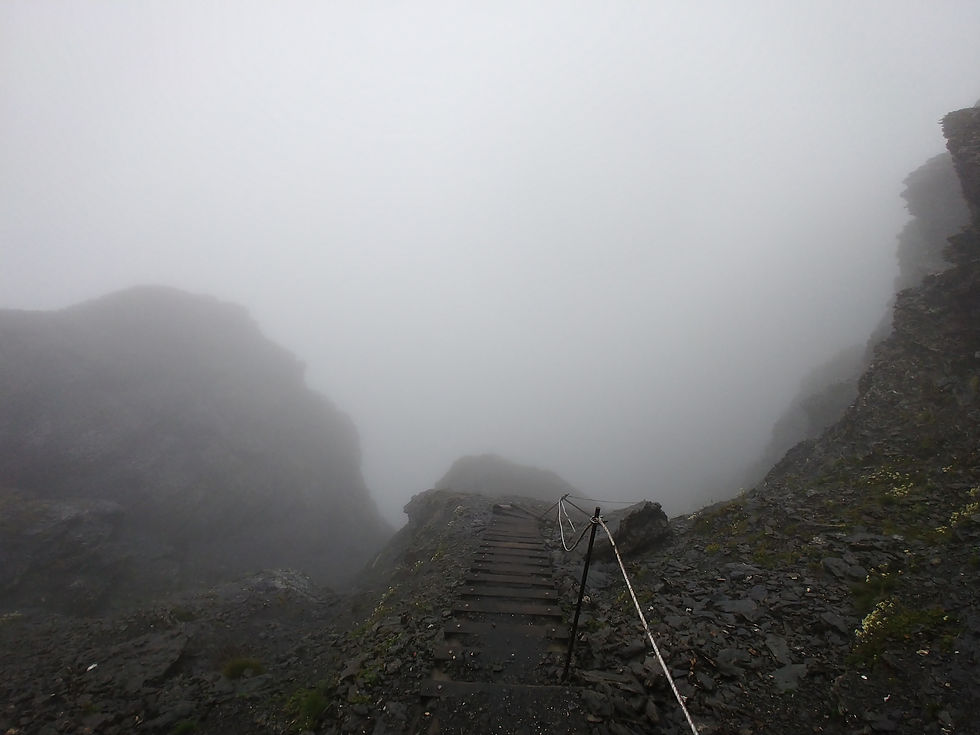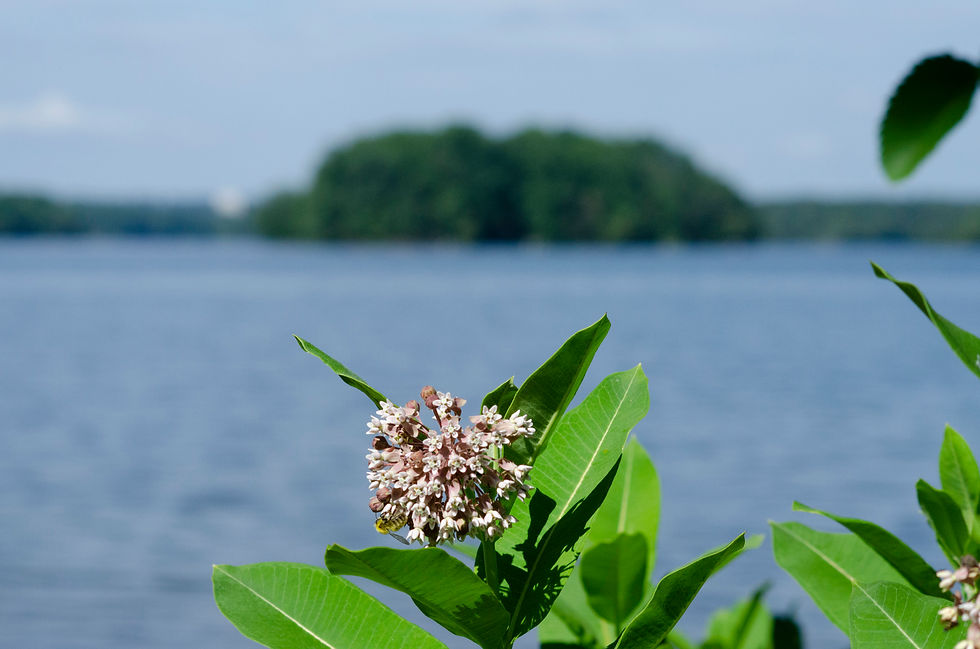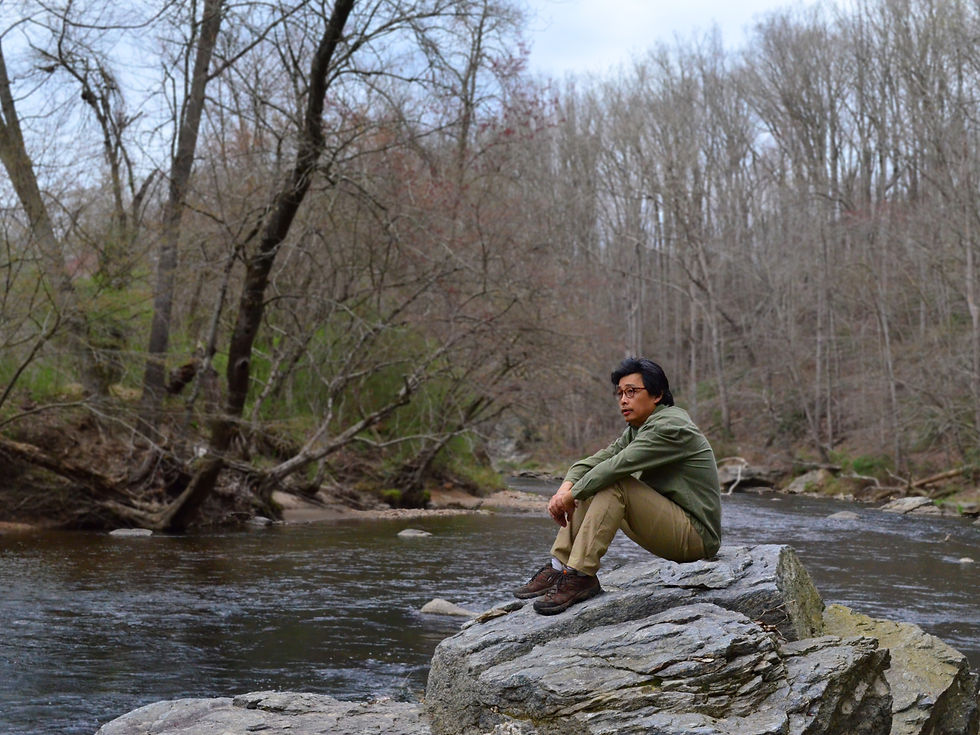
1942
Imagine living every day in fear. Imagine spending every hour in a tiny attic. Imagine cramping in with several others, because it is too dangerous to go outside. You hold in every cough, every sneeze, for fear that you will be discovered. You have no privacy, but still, you are deeply lonely. The year is 1942, and you live in hiding with other Jews. What could possibly comfort you? How would you continue to live with meaning or purpose? Is it possible to find happiness?
Since this is a scenario, many of us could never truly relate to, let us visit the words of a young German girl whose life I just described to you: "As long as this exists,’ I thought, ‘and I may live to see it, this sunshine, the cloudless skies, while this lasts, I cannot be unhappy.’ The best remedy for those who are afraid, lonely, or unhappy is to go outside, somewhere where they can be quite alone with the heavens, nature, and God” (Anne Frank).
2000
Let’s fast forward in time to the year 2000 to connect with another young German girl, me. Growing up in southern Bavaria, my father often relayed to me his post-World War II stories, and how he depended on nature’s gifts for survival, selling hand-picked mushrooms and berries at the local market. Consequently, I was raised with a deep love for the forests and mountains of southern Germany and Austria.
When I emigrated to the United States as an adult, I left the hills that ‘are alive with the sound of music.’ After a few years of settling into my life in the United States, I planned a trip back to the Alps; a multi-day hike to the top of the Dolomites mountains in northern Italy.
In the height of August, we began our strenuous 10,000 foot climb up Mt. Marmolada. As we approached halfway, my marvels at the beautiful scenery began to stop. The sunshine gave way to rain, and the wind began to howl. My dad, who just a minute before was leading the way, disappeared into the foggy abyss.

Finishing the day's hike, I could feel heavy sleet pelting me through my jacket. The weather had turned so bad, that by the time we got to our mountain hut shelter, steam pouring off our wet backs, all I could think of was getting some warm food.
After sitting down with some other hiker for said dumplings, and of course a few beers, we began to converse. The consensus was that the storm we just stumbled through had a low chance of moving out any time soon. Everyone’s mood was sinking fast, disappearing along with our dreams of a glorious summit ascent. I nestled into my sleeping bag disappointed at the circumstances and tried to sleep amongst the snores of exhausted hikers. I remember sending up a halfhearted prayer; something like, “Hey God, if you really exist- how about a sign? How about removing this storm?”
A miracle occurred that night. A meteorological miracle to be exact. That morning 360 degrees of clear skies. When I reached the summit, I had an experience of spiritual transcendence. Pure Awe. I experienced something bigger than myself. A moment that transferred me from my ever-present sense of ego, self-importance to a place where I only existed as part of something that has been here long before I was even born and something that will endure long after I have died. In that moment, I touched a vastness and for the first time, felt insignificant yet most profoundly alive.

Awe
The University of California Berkeley has been investigating the scientific study of awe and has found that experiencing awe leads people to be kinder and more generous. Don’t we all need that in our world today? Furthermore, people who experience awe have an increased sense of connectedness and a positive mood.
But one doesn’t need to hike the Alps to experience awe - it could happen in your own backyard. Einstein once said that there are two ways to live your life. One is as though nothing is a miracle. The other is as though everything is a miracle. For a creature to live in the dark underground and keep track of 17 years and then dig its way out of the earth and climb to the top of a tree to call for a mate. -- that’s a miracle.
Bees transferring pollen between flowers to ensure fertilization and survival of flowers and plants -- that’s a miracle.

Trees communicate with each other through fungal networks and the air, using pheromones and other scent signals to stay in touch with each other. That is a miracle.
Becoming aware of the everyday miracles our planet has for us, often leads to gratitude which hopefully turns into better caretaking of the earth.
We can’t fabricate moments of awe, but if we engage with eyes that seek wonder - we will not be disappointed.
I came down from that mountain top experience changed, and with a newfound conviction to include nature into my profession as a psychologist.
Another thing I noticed after hiking the Alps for a week was: I was a lot less stressed. My life as a young mom and Ph.D. student back in the US - was a bit stressful.
Homo Sapiens
Do you experience stress or anxiety at times? This may manifest itself in the form of tension in the shoulder or neck, inability to fall asleep, high blood pressure, jaw clenching, upset stomach, or rapid heart rate. Yes? Congratulations, you are a fellow member of the homo sapiens club!
Do you experience stress relief by walking, hiking, or other nature activities? If the answer is YES, then keep it up.
That’s exactly what Jack did. Jack was so overwhelmed in his corporate leadership job that he came to therapy trying to get better at managing his stressors. All the physical symptoms I just mentioned- insomnia, rapid heartbeat, tension headaches- Jack had it all. The only time he could experience temporary relief was after his daily runs on the NCR trail.
I’ll let you in on a little secret. What’s going on in Jack is also going on in almost every other person on the planet. So, what’s going on?
To put this in the perspective, I will put the entire human history into one year’s calendar as an illustration with Jan 1st being the first human species appeared (2.5 million years ago) and Today is Dec 31st midnight.
On Jan 1st, the first human species appeared (2.5 Million years ago).
On Aug 8th, the first of use of fire (1 million ago).
On Dec 20th, we entered the Hunter and Gather era (80,000 years ago).
On Dec 31th at 6 am, agriculture started. (12,000 years ago).
On Dec 31th at 11:10 pm, the Industrial Revolution started (237 years ago).
This illustration highlights the biggest jump in human evolution. A jump from the environment our brains and bodies evolved into the environment we live in today. One of its fundamental causes for the extreme stress rate in modern humanity.
Jack was asking his brain to pay attention and perform higher executive functions from the time he wakes up until he goes to bed.
Stephen and Rachel Kaplan, academic researchers, introduced a theory called Attention Restoration Theory which suggests that mental fatigue and concentration can be improved by time spent in, or looking at nature. Jack started integrating 20 minutes a day walking mindfully in nature. This helped the pre-frontal cortex of his brain, the command center, rest and restore. Perhaps, Jack’s body and brain experienced a sort of homecoming when he left the world of traffic, high rises, and screens behind and stepped on a Loch Raven trail near water and trees. A homecoming to a neglected relationship, a relationship with the Earth Mother.
Remedy
200 years is a relatively short time for Homo Sapiens to have spent indoors, but it has done a number on us already. We have domesticated the wild hunter inside of us, and added an addiction to technology and especially an addiction to comfort. When we forget how to handle being cold or feeling hungry, we also forget how to cope with internal discomforts, like painful feelings.

Human rewilding may be one answer to becoming tolerant of distress and once again resilient. Human rewilding reminds us of what makes humans human in the first place: taking risks, being part of nature, living simply, embracing discomfort, slowing down, and living in sync with nature’s rhythm.
Within nature and human health continuum, we have both great challenges and great opportunities, and with your support, we will meet them all. Nature Informed Therapy, is, in the words of Anne Frank, the best remedy for those who are afraid, lonely, or unhappy.
About the author: Dr. Heidi Schreiber-Pan is the author of the popular book Taming the Anxious Mind – A Guide Book to Relieve Stress & Anxiety, a successful psychotherapist, the clinical director of Chesapeake Mental Health Collaborative, and a sought-after nationwide speaker on topics of nature, resilience, anxiety, neuroscience, and occupational burnout.
Photos by Payton Schreiber-Pan
%20copy.png)



google 优化 seo技术+jingcheng-seo.com+秒收录;
Fortune Tiger Fortune Tiger;
Fortune Tiger Fortune Tiger;
Fortune Tiger Fortune Tiger;
Fortune Tiger Slots Fortune…
站群/ 站群
gamesimes gamesimes;
03topgame 03topgame
EPS Machine EPS Cutting…
EPS Machine EPS and…
EPP Machine EPP Shape…
Fortune Tiger Fortune Tiger;
EPS Machine EPS and…
betwin betwin;
777 777;
slots slots;
Fortune Tiger Fortune Tiger;